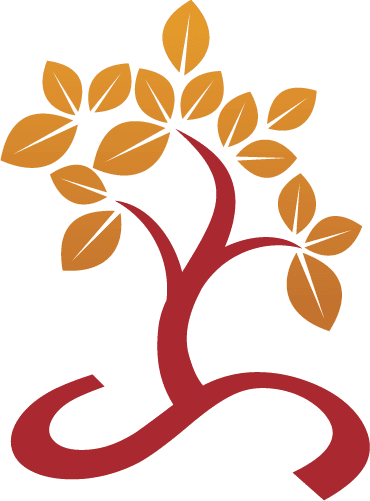Grant season is upon us.
November marks a serious planning time for non-profit organizations contemplating the potential of service growth, addressing gaps in services, meeting the needs of new populations of focus, adding recovery-oriented services, and refining their service models. Federal agencies, and particularly SAMHSA, as well as Foundations will soon release Requests for Applications (RFA) or Requests for Proposals (RFP). Now is the time to start planning and organizing to meet the application requirements that will lead to an award and for an infusion of funding that meet your agency’s needs.
If you think ahead, you’ll be ready to move ahead when the opportunities appear. Below, we provide a list of key items that can help you prepare for a successful grant writing experience. In assembling your application, you will also have to discuss your program ideas for your populations of focus, so this is both a substantive and a practical exercise. Not all the items listed are needed for every grant opportunity. Some are mandated in RFP’s (e.g., licenses) while others may simply contribute to a very compelling and competitive grant narrative (e.g., community needs assessments).
- Supporting legal documents: Your DUNS number; IRS tax-exempt status letter; state incorporation documents; linkages agreements and memoranda-of-understanding (MOUs) with collaborating providers; financial statements; and agency or clinic licenses.
- Staffing and agency policies: Staff demographics (full-time, part-time, and peers); staff training procedures; licenses and qualifications required of staff; organizational chart; list of Board members; and a list of Executive staff with their titles and biographies.
- Database documentation: Records of your data system; electronic health record (EHR) or electronic medical record (EMR); a copy of your contract with the database/EHR/EMR provider; certifications for meaningful use; and name and biography of your data manager.
- Client documentation: Number of, and basic demographics for, your client base, which can be taken from the last complete program year for which you have data. Depending on the grant, it may be helpful to include any longer-term data you may have to indicate trends over time.
- Program documentation: Think of the programs you are likely to seek grant support for, gather the program data, including number of clients in the program, their demographics, any notable disparities, client outcomes data (especially if you can pair them with intake data to provide a pre/post picture of your program), program evaluation data, and any public information relating to your programs (news reports, features in other kinds of articles, including academic articles, etc.).
- Community scans: Community needs assessments (whether by your agency or in publicly available sources from another provider or a local hospital); community census and demographic data; local public health data; and “environmental scans” (a listing or mapping out of service alternatives in your area, that either replicate or complement your services). In addition, try to think through the programs you would like to expand, enhance, or create anew. The greater your strategic sense of what you want to accomplish and the more comprehensive your list of key players (including internal agency staff and external stakeholders or collaborators), the more able you will be to move swiftly when the time arrives.
Make sure you are on SAE’s listserve (click here!) to get the latest in RFPs/RFAs.
Grants are opportunities, particularly in the current climate of change, to develop strategies for risk management, service model re-design for treatment integration, population health focus with a leaning towards the Triple Aim, and collaboration for best practices in care. Thoughtful, targeted management of goals for controlled growth is essential, as doing “more with less” can weaken the administrative, fiscal and staffing infrastructure while demanding the best clinical outcome for each patient. Planning steps include a strategic focus on your agency’s growth matched to disparity in services, your uniqueness in outcome, talent and vision, and your knowledge of model implementation that has worked.
November is the time to “get on your mark, get ready, get set, and Go!”

